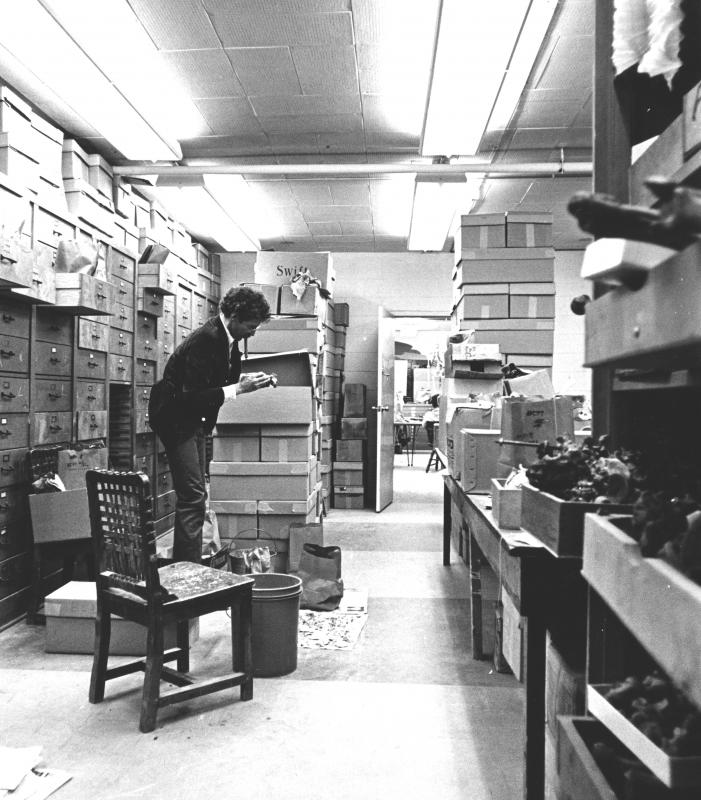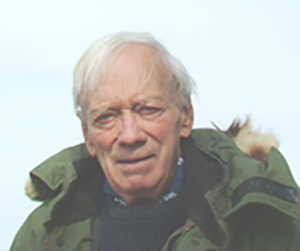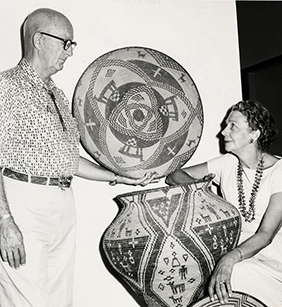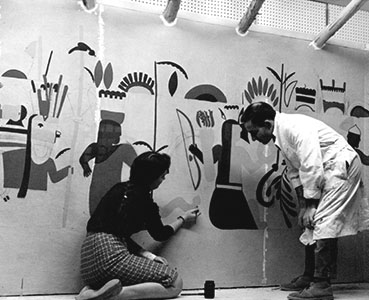Maxwell Museum Blog

In 1970, the Museum hired its first part-time registrar, Marian Rodee, who had begun working as a volunteer a year earlier. The Laboratory of Osteology was established in 1971 with the hiring of Dr. Stanley Rhine and was charged to care for and promote research on and teaching with human skeletal collections. Another important development was the 1971 agreement between the National Park Service (NPS) and UNM to create the UNM-NPS Chaco Project archaeological research center. The University had once owned significant parts of Chaco Canyon and Hewett conducted some of the earliest field schools there. In 1949, these lands were transferred to NPS to facilitate the creation of what would become Chaco Culture National Historical Park. With the history of UNM research in Chaco Canyon stretching back to the early 1930s, the NPS-UNM partnership permitted a return to active archaeological field work. Maxwell Museum collections became vital components in these new research endeavors, and to this day, NPS and the Museum remain partners in the study and preservation of the material records of this most iconic Ancestral Pueblo culture.

Hibben resigned as director in 1969. Dr. John Martin (Jack) Campbell succeeded him. It was through Campbell's effort that the name Maxwell became firmly fixed on the Museum. Gilbert and Dorothy Maxwell were consistent and influential supporters of and donors to the Museum. They gifted many ethnographic objects, including Dorothy's outstanding collection of Hopi katsina dolls and Gilbert's comprehensive collection of rare and historically important Navajo rugs. In the early 1970s, Campbell worked with Gilbert and Dorothy Maxwell to raise $250,000 for an expansion of the once again overcrowded museum (Dorothy donated $20,000 of stock herself). Donations were combined with a grant from the National Science Foundation and State of New Mexico funds to create an addition on the south and west sides of the Anthropology Building. It included a new gallery, administrative offices, and basement storage, as well as a two-story patio faculty office complex and portal that enclosed and formalized a courtyard east of the exhibit galleries. T he newly christened Maxwell Museum of Anthropology opened in 1972, with the permanent exhibit “Man of the Southwest.” Jack Campbell stepped down as director, to be succeeded by Jerry Brody in 1973.



